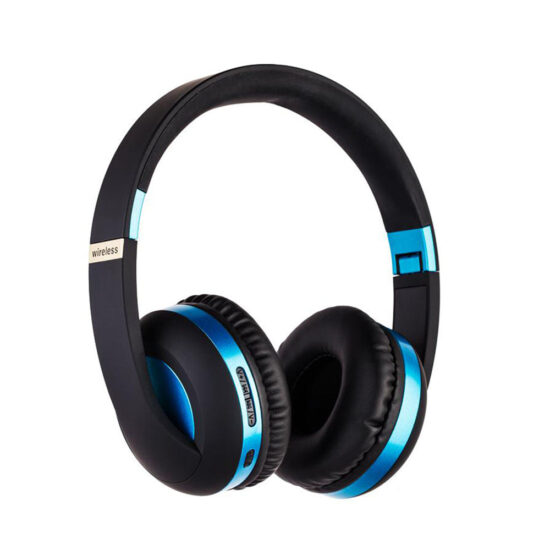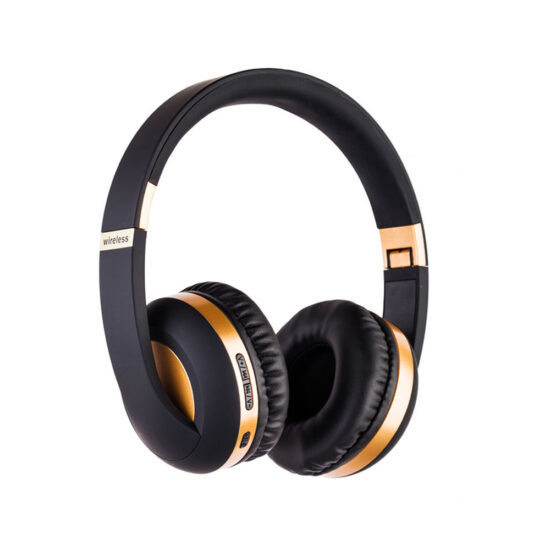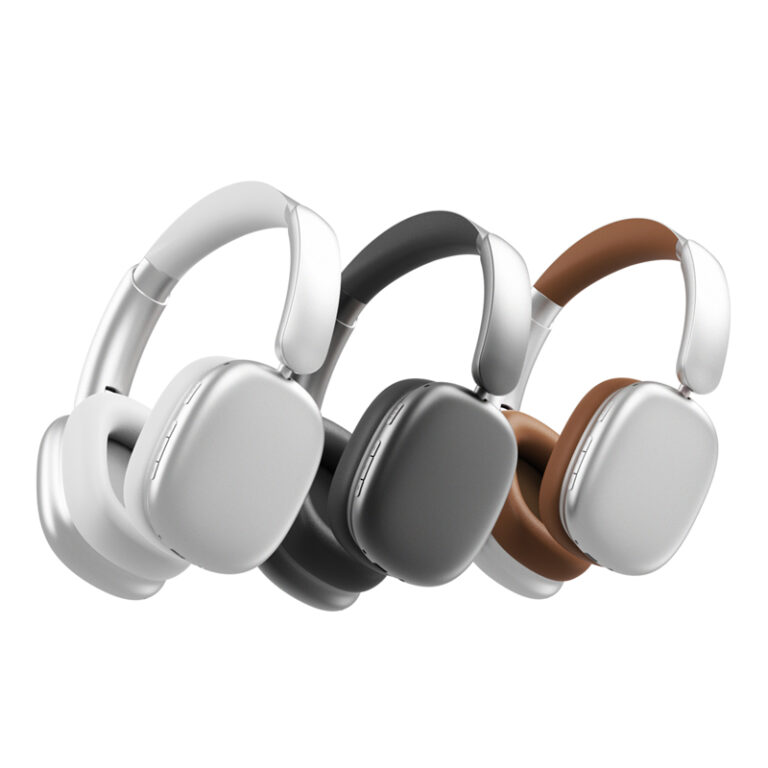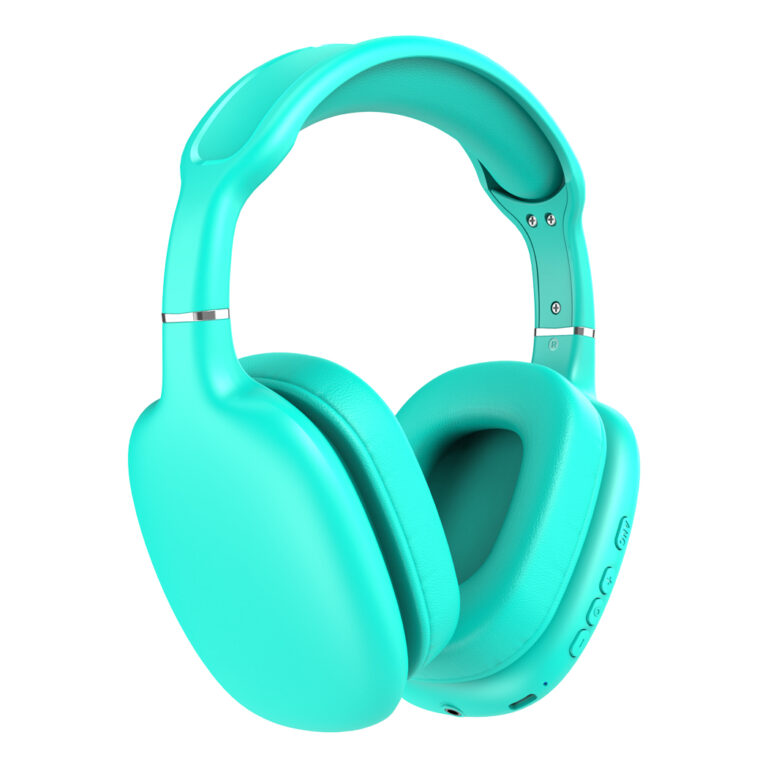jay@nbdho.com
Waterproof Headphones: Essential Design Principles and Practical Use Cases
Waterproof headphones have rapidly grown in popularity as consumers seek durable audio devices capable of withstanding exposure to water, sweat, and harsh environmental conditions. These headphones are especially favored by athletes, outdoor enthusiasts, and everyday users who want uninterrupted audio performance regardless of weather or activity. Understanding the design principles behind waterproof headphones and their practical applications can help consumers make informed decisions and manufacturers push the boundaries of innovation.
At the core of waterproof headphone design is the need to prevent water ingress into sensitive electronic components. This requires a combination of specialized materials, sealing techniques, and manufacturing standards. Most waterproof headphones adhere to Ingress Protection (IP) ratings, which classify the degree of protection against solids and liquids. For example, IPX7-rated headphones can be submerged in water up to one meter for 30 minutes without damage, making them ideal for swimming or heavy rain.
One primary design principle is the use of water-resistant materials such as silicone, rubber, and specially coated plastics. These materials provide a protective barrier around the earbuds, cables, and internal circuitry. Additionally, manufacturers utilize tight seals and gaskets around joints and seams to block water entry. The absence of open ports or the inclusion of waterproof membranes for charging and audio connections further enhances protection.
Another important aspect is the prevention of corrosion within the headphone components. Exposure to water, especially saltwater or sweat, can corrode metal parts and degrade performance. To address this, waterproof headphones often incorporate corrosion-resistant materials like stainless steel or gold-plated connectors. Internal components may also be coated with protective layers to extend durability.
Ergonomics and comfort also play a crucial role. Waterproof headphones are frequently designed with secure, sweat-proof ear tips that stay in place during vigorous activity. Some models offer adjustable ear hooks or fins to enhance stability, making them popular among runners and swimmers alike.
The use cases for waterproof headphones are diverse. In sports, they enable athletes to listen to music or receive coaching without worrying about sweat or rain damage. For swimmers, waterproof earbuds provide entertainment during laps or open-water swims, often featuring secure fits and quick-drying materials. Outdoor workers or adventurers benefit from durable audio gear that resists weather conditions, enhancing safety and communication.
Moreover, waterproof headphones suit everyday users who want peace of mind when caught in the rain or during accidental exposure to water. Their robustness reduces the need for frequent replacements, contributing to sustainability by extending product lifespan.
In conclusion, waterproof headphones blend advanced material science, precise engineering, and user-centered design to deliver reliable performance in wet conditions. By meeting rigorous IP standards and addressing comfort, durability, and corrosion resistance, these headphones have become indispensable for active lifestyles and challenging environments. As technology advances, we can expect even more innovative solutions that combine waterproofing with superior sound quality and connectivity.





